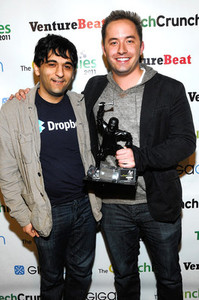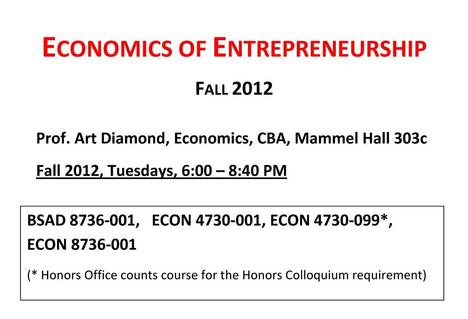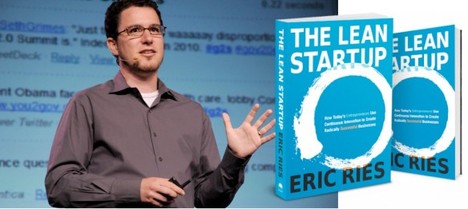(p. 139) Microsoft was represented ¡n the discussion by its senior vice president for advanced technology, a thirty-five-year-old Nathan Myhrvold. After finishing his Ph.D. at Princeton at age twenty-three, Myhrvold had worked for a year as a postdoctoral fellow with the physicist Stephen Hawking at Cambridge, tackling theories of (p. 140) gravitation and curved space-time, before taking a three-month leave of absence to help some friends in the Bay Area with a software project. He became caught up in the excitement of personal computer software and entrepreneurship and never went back. In Berkeley, he co-founded a company called Dynamical Systems to develop operating system for personal computers, which struggled for two years until Microsoft bought it in 1986. At Microsoft, he persuaded Bill Gates to let him establish a corporate research center, Microsoft Research, with Myhrvold himself in charge.
Source:
Price, David A. The Pixar Touch: The Making of a Company. New York: Alfred A. Knopf, 2008.
(Note: italics in original.)
(Note: my strong impression is that the pagination is the same for the 2008 hardback and the 2009 paperback editions, except for part of the epilogue, which is revised and expanded in the paperback. I believe the passage above has the same page number in both editions.)






